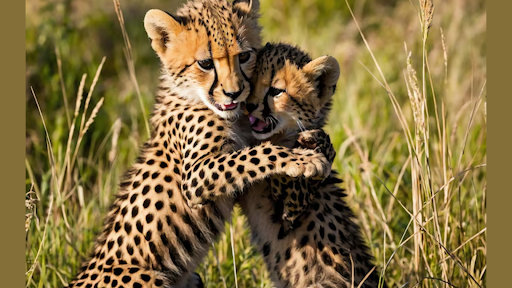Wildlife photography is a beautiful art. It involves patience, observation, and timing. Capturing wildlife in its natural habitat requires understanding when animals are most active, the light conditions, and the overall environment. That is why knowing the best times of day can make all the difference in the quality of your shots.
And to achieve this excellence, you can also join wildlife photography companies that offer guided photography tours. With the experts, you can get tips on how to take your photography skills to the next level.
So, let’s not waste a minute and learn the best times for capturing your stunning wildlife shots.
Morning Photography
The early morning hours are often called the “golden hours” in photography, and for good reason. Wildlife tends to be most active during this time, making it ideal for capturing animals as they begin their day.
- Why mornings are perfect: During the early hours, animals wake up, stretching, feeding, and engaging in their natural behaviors. This is when you’re most likely to catch creatures in their element without harsh midday light.
- Lighting: Morning light tends to be soft and warm, which helps create vivid, colorful images without harsh shadows. The cooler temperatures also encourage many species to be out and about.
- Wildlife Activity: Birds sing, deer are grazing, and smaller mammals move about as they start their routines.
Photography Tip: Arrive at your location before sunrise to give yourself ample time to find a good spot and set up your equipment. You’ll have a chance to capture the serene landscapes as well as the early activity of wildlife.
Midday Photography
While wildlife photographers often overlook midday, it can still offer unique opportunities, especially if you know how to work with the light.
- Challenges of midday photography: The sun is at its highest point during midday, casting harsh shadows and creating bright highlights that can sometimes wash out your shots. This is when many animals retreat to shaded areas or rest.
- Tips to make midday work: Focus on photographing animals that seek shade or engage in less light-sensitive activities, like bird bathing or foraging undercover. Midday light can also capture intricate details, such as feathers or scales.
Photography Tip: If you venture out during midday, use a polarizing filter to reduce glare, enhance colors, and look for areas where wildlife seeks shelter.
Afternoon Photography
Wildlife starts becoming more active as the day progresses toward the afternoon. This period often offers photographers a second chance at capturing great shots.
- Why afternoons are rewarding: Animals that might have hidden during midday will begin to re-emerge as the sun softens. The lighting is still warm but not as harsh, making it ideal for those seeking balanced exposure and vibrant colors.
- Wildlife Activity: This is when you might spot birds hunting, deer grazing, or larger mammals moving closer to water sources to cool down.
Photography Tip: Use the late afternoon light to your advantage—try shooting into the sun for backlit shots or use it to highlight interesting patterns and textures on animals.
Golden Hour
The golden hour, typically just after sunrise and just before sunset, is often considered the best time for wildlife photography. This window offers photographers soft, diffused light that enhances natural beauty without harsh shadows.
- Why it’s magical: The golden hour provides photographers with warm, golden tones that make colors pop and landscapes glow. Wildlife is at its most active during this time, often venturing out into the open to feed or socialize.
Photography Tip: Use the golden hour to capture silhouettes, long shadows, and warm light reflecting off animal fur. Be patient and observe the subtle movements and interactions of animals as they bathe in the soft light.
Dusk Photography
Dusk, just before sunset, offers another prime opportunity for photographers, especially if you’re after dramatic lighting and capturing the last moments of the day.
- What dusk offers: As the sun dips lower, animals that feed at night may start appearing. This is when nocturnal creatures like bats and owls might become active. The light shifts from warm to cool during this time, creating a moody atmosphere.
- Wildlife Activity: Dusk is often prime time for bird feeding before roosting and for predators venturing out to hunt.
Photography Tip: Bring a tripod and utilize long exposure techniques to capture the fading light and any movement. Consider shooting silhouettes or utilizing natural framing to highlight your subject against the soft backdrop.
Conclusion
Choosing the right time to photograph wildlife can significantly impact your results. Each moment of the day offers unique lighting, behaviors, and opportunities. Whether you’re focusing on early morning shots, seeking midday shade, or aiming for the golden hour, understanding when wildlife is most active will help you plan successful photography outings.
By aligning your photography sessions with the natural habits of wildlife, you’ll be well-positioned to capture stunning images that truly showcase the beauty of the natural world.


